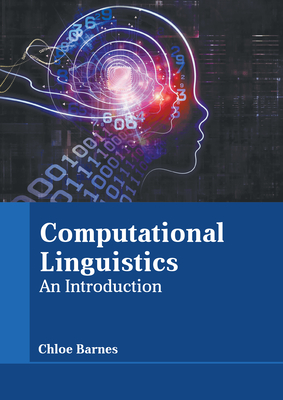Sequence-Level Training for Non-Autoregressive Neural Machine Translation
IF 5.3
2区 计算机科学
Q2 COMPUTER SCIENCE, ARTIFICIAL INTELLIGENCE
引用次数: 19
Abstract
Abstract In recent years, Neural Machine Translation (NMT) has achieved notable results in various translation tasks. However, the word-by-word generation manner determined by the autoregressive mechanism leads to high translation latency of the NMT and restricts its low-latency applications. Non-Autoregressive Neural Machine Translation (NAT) removes the autoregressive mechanism and achieves significant decoding speedup by generating target words independently and simultaneously. Nevertheless, NAT still takes the word-level cross-entropy loss as the training objective, which is not optimal because the output of NAT cannot be properly evaluated due to the multimodality problem. In this article, we propose using sequence-level training objectives to train NAT models, which evaluate the NAT outputs as a whole and correlates well with the real translation quality. First, we propose training NAT models to optimize sequence-level evaluation metrics (e.g., BLEU) based on several novel reinforcement algorithms customized for NAT, which outperform the conventional method by reducing the variance of gradient estimation. Second, we introduce a novel training objective for NAT models, which aims to minimize the Bag-of-N-grams (BoN) difference between the model output and the reference sentence. The BoN training objective is differentiable and can be calculated efficiently without doing any approximations. Finally, we apply a three-stage training strategy to combine these two methods to train the NAT model. We validate our approach on four translation tasks (WMT14 En↔De, WMT16 En↔Ro), which shows that our approach largely outperforms NAT baselines and achieves remarkable performance on all translation tasks. The source code is available at https://github.com/ictnlp/Seq-NAT.非自动神经机器翻译的序列级训练
近年来,神经机器翻译(NMT)在各种翻译任务中取得了显著的成果。然而,由自回归机制决定的逐字生成方式导致了NMT的高翻译延迟,限制了其低延迟应用。非自回归神经机器翻译(Non-Autoregressive Neural Machine Translation, NAT)消除了自回归机制,通过独立地、同时地生成目标词,实现了显著的译码加速。然而,NAT仍然以字级交叉熵损失作为训练目标,这并不是最优的,因为NAT的输出由于多模态问题而无法得到正确的评估。在本文中,我们建议使用序列级训练目标来训练NAT模型,该模型将NAT输出作为一个整体进行评估,并与实际翻译质量很好地相关。首先,我们提出了训练NAT模型来优化序列级评估指标(例如BLEU),基于几种为NAT定制的新型强化算法,这些算法通过减少梯度估计的方差来优于传统方法。其次,我们为NAT模型引入了一个新的训练目标,该目标旨在最小化模型输出与参考句子之间的n -grams bag (BoN)差异。BoN训练目标是可微的,无需任何近似即可有效计算。最后,我们采用一种三阶段训练策略,将这两种方法结合起来训练NAT模型。我们在四个翻译任务(WMT14 En↔De, WMT16 En↔Ro)上验证了我们的方法,这表明我们的方法在很大程度上优于NAT基线,并在所有翻译任务上取得了显著的性能。源代码可从https://github.com/ictnlp/Seq-NAT获得。
本文章由计算机程序翻译,如有差异,请以英文原文为准。
求助全文
约1分钟内获得全文
求助全文
来源期刊

Computational Linguistics
工程技术-计算机:跨学科应用
CiteScore
15.80
自引率
0.00%
发文量
45
审稿时长
>12 weeks
期刊介绍:
Computational Linguistics, the longest-running publication dedicated solely to the computational and mathematical aspects of language and the design of natural language processing systems, provides university and industry linguists, computational linguists, AI and machine learning researchers, cognitive scientists, speech specialists, and philosophers with the latest insights into the computational aspects of language research.
 求助内容:
求助内容: 应助结果提醒方式:
应助结果提醒方式:


